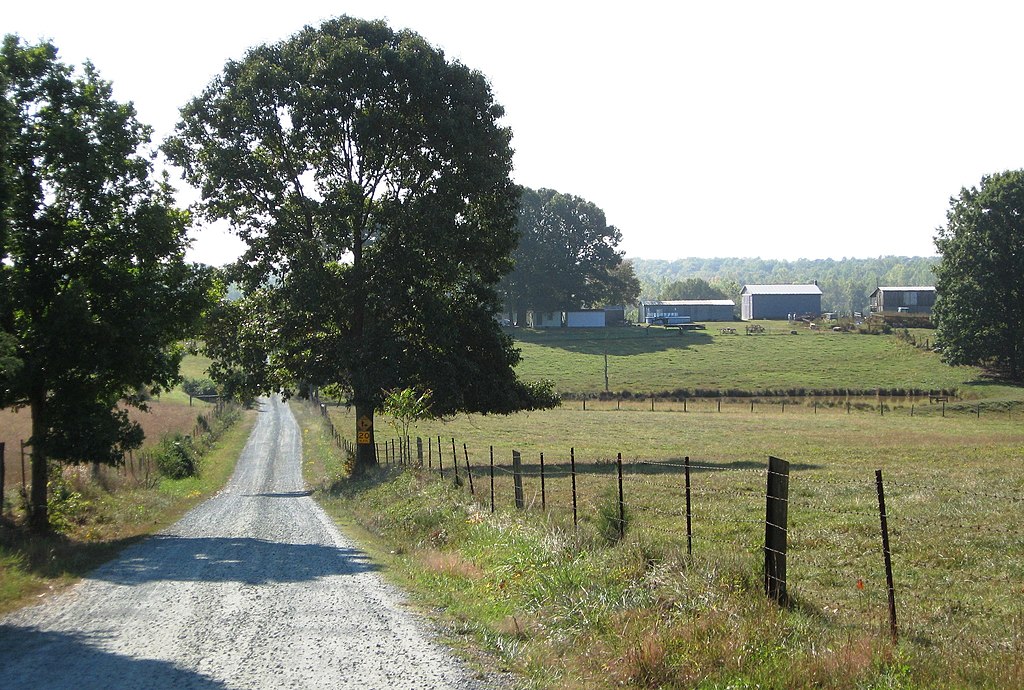In Oak Ridge, Tenn., a dispute between the U.S. Department of Energy, the U.S. Environmental Protection Agency and the Tennessee Department of Environment & Conservation is on-going over hazardous waste allocation at the Oak Ridge Reservation Superfund site.
The EPA states that the current on-site landfill will run out of space by 2024. The DOE proposed a plan in September 2018 to build an additional 2.2 million-cubic yard landfill that it claims could save the agency more than $1 billion, according to the Chattanooga Times Free Press. While this proposal includes components of off-site removal, TDEC, according to the Times Free Press, questions the accuracy of this figure and has argued that waste materials should instead be transferred to deserts in the Western United States.
Recent updates over the dispute came as a federal appropriations bill threatened to reduce funding for the Oak Ridge Reservation. TDEC commissioner David Salyers, along with the Anderson County Commission and environmental groups such as Sierra Club and the Southern Environmental Law Center, contested the bill language, warning that cutting federal funds would curtail TDEC’s capacity to ensure Superfund cleanup standards.
The pressure worked. In an email, TDEC Deputy Director of Communications Kim Schofinski wrote that the bill passed in December with updated terms that “restored funding to the grant that funds TDEC’s oversight and regulatory efforts.”
With funding secured, waste management remains uncertain. Recently, contamination has reached the Clinch River, raising concern for managing a future landfill. Additionally, the DOE seeks to loosen restrictions for permissible radioactive concentrations in the water — something that, Schofinski states, TDEC, EPA, and DOE are “in a formal dispute over.”
The EPA, TDEC and four environmental and community organizations have requested that DOE open another public comment period in light of new information. In a February press release, the Southern Environmental Law Center explained that “new studies show a substantial portion of the landfill would actually be below groundwater levels, posing a high risk of contamination.”
According to Exchange Monitor, the DOE, TDEC and the EPA postponed a draft Record of Decision over the landfill until June 17, 2020. — By Ahdya Elias Attea
Related Articles
Latest News

Leave a comment
Your email address will not be published. Required fields are marked *





Leave a Comment